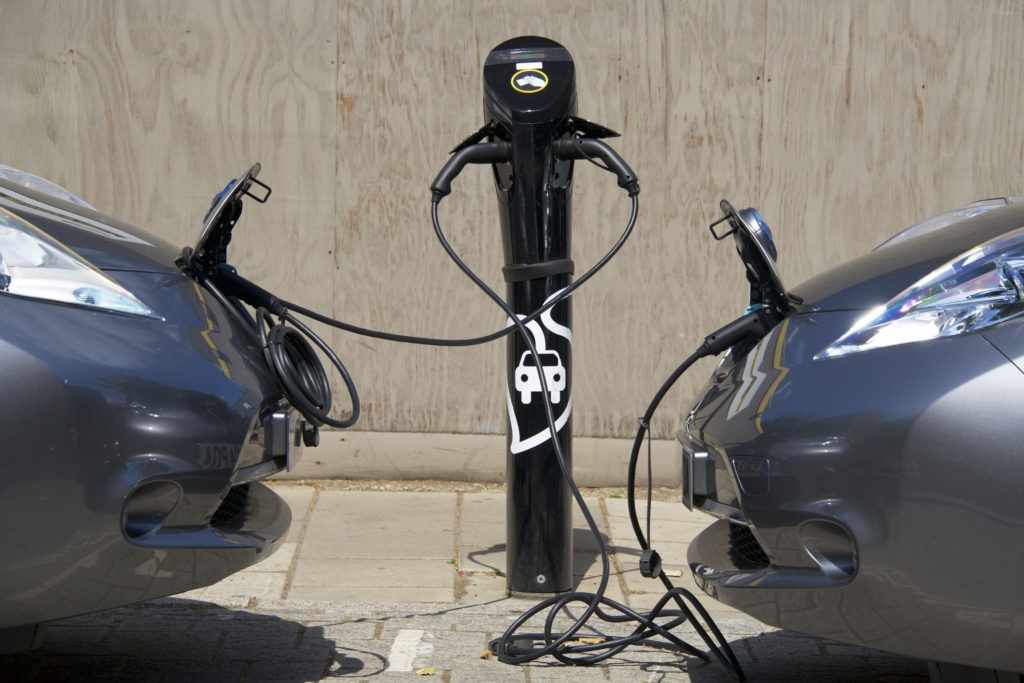London warns fleet vehicles must now be ‘zero’ emission by 2025
23 June 2017

23 June 2017
London’s mayor has announced a radical far-reaching further transport strategy for London, which gives fleets early warning of enormous change being phased in, with all fleets having to operate only ′zero’ emission vehicles by 2025.
Mayor Sadiq Khan aims to remove three million car journeys every single day from the UK capital by 2041, to be completely replaced by walking, cycling and public transport, in a move that will seriously constrain fleet operations in the capital. He has made air pollution a cornerstone of his political ambitions.
The BVRLA (British Vehicle Rental and Leasing Association), whose members operate millions of cars, vans and trucks in and around London every day, heavily criticised the proposals, calling for a more considered and phased approach that does not punish businesses and car owners.
Chief executive Gerry Keaney stressed: ′People must be given practical and affordable alternatives if we are to deliver on his [the mayor’s] vision of reduced car use and zero-emission streets.
′We will be pushing the mayor to provide more support for electric vehicle infrastructure and car sharing.’
Mayor Khan placed the blame on motorised traffic for being overwhelmingly responsible for the greatest environmental challenges faced by the UK capital, saying that road transport is responsible for half of the main air pollutants in London. However, what he was less forthcoming to reveal is that the biggest contributors to this air pollution are trucks and London buses, the latter of these being directly under his control. Low emission bus investment is in progress, but the timings are less tight than those for other vehicles – with all needing to be zero emission by 2037.
It is hard to overstate the vast implications the proposals will have on the mobility environment of London over the coming decades (if the mayor maintains his miraculously high approval ratings to see them through).
The plans come on top of already tough new standards being introduced on top of already existing high congestion charges. The mayor is already planning for the introduction of an Ultra Low Emission Zone in 2019 – which will block pre-Euro 4 petrols and pre-Euro 6 diesels (cars, vans and minibuses, including Ubers) from entering the zone. Prime Minister Theresa May had previously mooted support schemes for diesel drivers as UK cities announced restriction schemes, and a scrappage scheme it was forced to suggest to comply with EU air pollution rules; however, following the turmoil of the election which weakened her position, and the focus on Brexit with talks with the EU now beginning, it is unclear how much emphasis will be placed by the government on these proposals going forwards. London already operates a Low Emission Zone.
Now these latest proposals will go even further still to introduce a ′Zero’ Emission Zone from 2025 in Central London, as well as in certain pollution-plagued town centres within the capital (a top contender likely being Putney High Street). This will swell further to the entirety of Inner London (between the North and South Circular) by 2040 and completely Greater London-wide by 2050.
They are almost certainly the most ambitious proposals by any world city.
Potentially including completely vehicle-free zones, fleets will also be impacted by plans for walking-friendly ′Liveable Neighbourhoods,’ which involves physically preventing traffic from using specific streets so they are more pleasant for walkers, as well as additional car-free days.
Restrictions will also be placed on property developers for parking spaces at new buildings, with any permitted expected to have electric vehicle (EV) charging points. As such, not even EVs are completely safe from the mayor’s restrictions.
Khan’s vision also involves establishing a London-wide network of cycle routes, to make cycling safer and improve the physical and mental health of Londoners, with the plans striving for 70% of Londoners to live no more than 400 metres from a proper dedicated cycle route within the next 25 years. This will see the capital develop a cycle mix much closer to that of other European cities such as Amsterdam and Copenhagen. A key problem holding back such an ambition at the moment is a lack of space and the dangers posed by the high number of vehicles on London’s roads, responsible for a high number of cycle deaths every year – removing three million of these journeys per day would certainly make cycling in London much more pleasurable and increase uptake.
All taxis must also be zero emission capable by 2033, which the London Taxi Company is planning for with its new taxi EV plant in Coventry. From next year, all new double decker buses must be hybrid, electric or hydrogen-powered.
The long-standing daily London Congestion Charge (£11.50 (€13) per day) will also be altered to include an environmental element. This would either involve a change to charging by distance, time, emissions or road danger, or change to a simpler single ′per mile’ charge, which would take into account both congestion and emissions. In practical terms, implementing such a scheme would seem a very complex task, and difficult to administer for compliance.
Khan hailed: ′As London’s population is set to increase beyond 10 million, our future health and prosperity is more and more dependent on us reducing our reliance on cars.
′We’re setting ourselves a bold target of reducing car journeys by 3 million every day. We have to make not using your car the affordable, safest and most convenient option for Londoners going about their daily lives. This is not only essential for dealing with congestion as London grows, but crucial for reducing our toxic air pollution, and improving the health of all Londoners.’